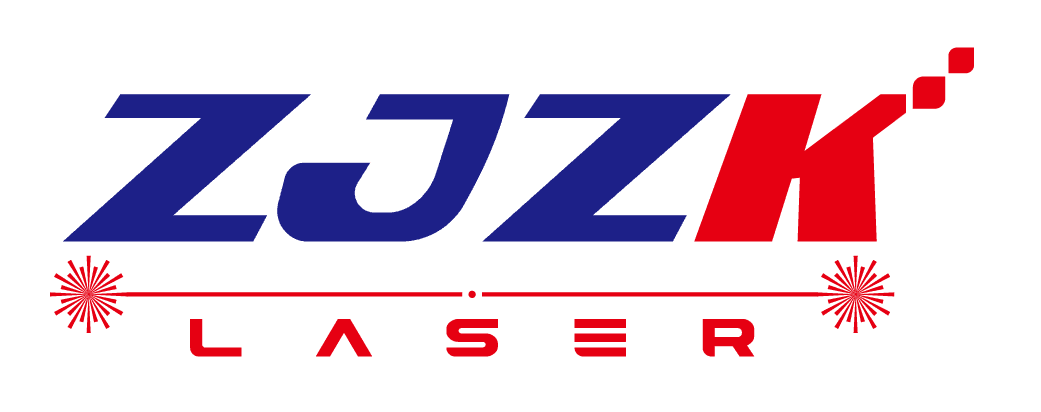Do you have a question? Please read our FAQ's below for the most frequently asked questions.
LASER is an acronym for Light Amplification by Stimulated Emission of Radiation. Laser light has special physical properties other forms of light do not have (coherence and monochromaticity). This makes laser light very effective as a tool for healing and pain reduction compared to other types of light. Laser therapy, also known as Photobiomodulation (PBM) involves the use of low energy light for injuries and lesions in order to stimulate healing and reduce pain. It is used to increase the rate of tissue healing, reduce inflammation and achieve pain relief.
PBM has been shown to possess superior healing and pain-relieving effects compared to other electrotherapeutic therapies for example ultrasound. This is especially true in connection with chronic ailments and in the early stages of an acute injury. PBM is a non-invasive and drug-free method of treatment for muscles, tendons, ligaments, connective tissue, bones, nerves and skin.
Laser therapy are completely safe, drug-free and noninvasive. Since all lasers produce high-intensity light, one must NEVER shine directly into the eye. You must also follow the manufacturer’s instructions and pay attention to contraindications and points of attention. Also read the user guide before using the laser. It is recommended that the laser unit is not applied directly to any neoplastic tissue. Pregnant women should refrain from laser treatment, directly on the abdomen
Lasers whose power exceeds Class 3R (5 mW) and does not exceed 500 mW is referred to as Class 3B lasers.
In case of direct exposure, Class 3B laser radiation may cause eye damage and in certain cases skin damage. Therefore, eye protection should always be used if there is a risk of direct illumination of the eye.
As long as one does not look directly at the laser light from a Class 3B laser, you do not need to use eye protection as practitioner. The patient should always be protected or wear eye protection when there is the slightest risk of direct exposure to the eyes.
For lasers in Class 4, always wear goggles!
Monochromatic non-continuous light, such as light from LEDs, can have a positive effect on superficial tissues, e.g. superficial wounds. That being said lasers have been proven to be more effective than monochromatic, non-continuous light sources for treatment purposes, especially in deep tissue.
Since the method was first tested on test animals in the late 1960’s, more than 2500 studies have been published. A large part of these were cell and animal studies. Several are clinical studies – of these clinical studies, 145 have been double-blinded studies. This means that neither the therapist, patient or researcher know, if a real laser or a “dummy laser” was used for treatment: This eliminates the possibility of biases.
Of these 145 clinical studies, 105 found laser treatment to have a statistically significant positive effect. This however means that 1/3 did not show laser treatment to have an effect. By the late 1960’s researchers had found that different wavelengths of light had varying effects – among other reasons, because they had different depths of penetration. They also discovered that a minimum dosage is required for laser treatment to have an effect and that the treatment approach should change according to the biological conditions. The researchers who conducted the “negative” studies seem to have been limited in their knowledge of laser therapy.
This is evidenced by their use of extremely low dosage, incorrect calculations of dose and poor treatment technique, etc. Some negative studies seem to reach legitimate conclusions. They confirm that not all conditions can be affected, or simply, that the wavelengths of lights and/or doses used in the study were insufficient for a biological response.
One can therefore safely assert that laser therapy has a solid scientific basis. It definitely has enough basis to be accepted as a medical treatment method. Due to the complexity of laser treatment there is obviously a need for further scientific research, e.g. to determine optimal doses and treatment techniques.
Source: http://www.slms.org/artikel1.htm
Indications for the use of laser therapy are many, but there are some important contraindications and other points of attention you should be aware of. Key contraindications are an important consideration, and like other types of treatment (therapy and medication), assessed from a clinical aspect in relation to the patient so that ‘accidental or unforeseen’ side effects may be avoided.,
Older published data regarding lasers often contain contraindications to laser therapy but the truth of the matter is that there is no absolute contraindication to LLLT/PBM, but only relative contraindications and common-sense warnings. The only absolute rule to adhere to is: DO NOT point lasers towards the eye.
See the Laser Safety section for a detailed overview of our recommendation of laser therapy contraindications and points of attention.
You may experience a decrease in biostimulation or simply an effect that is suboptimal. This means that the healing time is prolonged, e.g. in the treatment of wounds. Excessively high doses of laser on healthy tissues will not damage it.

